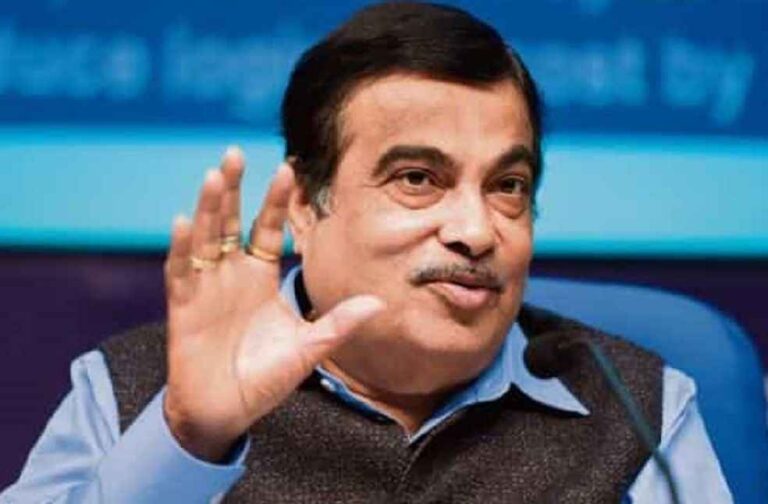Nitin Gadkari, India’s Minister for Road Transport and Highways, unveiled a groundbreaking forecast on Friday: by 2029, India is poised to lead the global automobile manufacturing arena and ascend to the position of the world’s third-largest economy. This ambitious goal is supported by the government’s strategic directive focusing on the construction of a premier road network, a shift towards alternative fuels, and a significant reduction in national logistics costs.
Gadkari underscored the indispensable role of robust infrastructure as a catalyst for capital investment, development, and industrial expansion.“One thing is very clear: if we need capital investment, development and industry, we should have good infrastructure, water, power, transport and communication,” he conveyed. The minister spotlighted the automobile sector’s capacity to bolster the Indian economy significantly, aiming for self-reliance under the Atmanirbhar Bharat initiative.
Since Prime Minister Narendra Modi’s administration commenced in 2014, elevating India’s infrastructure to world-class standards has been paramount, aligning with the ambition to position India among the top three global economies. Gadkari announced plans to expand India’s national highway network to parallel the road infrastructure of the United States by the close of 2024, aiming to enhance road quality and advocate for a shift to alternative fuels to curtail logistics costs to a single-digit figure.

The ministry’s initiative to construct 36 expressways promises to revolutionize travel times across key corridors, significantly reducing distances and enhancing national connectivity. A novel funding strategy for these infrastructural ventures involves promising secure returns to small investors, thereby shifting away from traditional reliance on government funding or affluent individual investments.
Gadkari also shed light on India’s strategic pivot to alternative fuel sources to mitigate the substantial annual fossil fuel import expenditure, which currently stands at ₹16 lakh crore. This shift focuses on transforming the agricultural sector into an energy production powerhouse, thus redefining farmers as energy, bio-bitumen, and sustainable aviation fuel providers. A pioneering project in Panipat, executed in partnership with Indian Oil Corporation, aims to generate substantial quantities of ethanol, bio-bitumen, and bio-aviation fuel from rice straw, marking a significant leap towards sustainable energy practices.

The minister’s blueprint extends to diminishing logistic expenses within India, presently exceeding those in China, European nations, and the USA. By reducing these costs to a single digit, Gadkari envisions a marked enhancement in export volumes, further solidifying India’s economic stature.
As the nation approaches the 2024 general elections, Gadkari’s disclosures highlight the Modi administration’s decade-long emphasis on development and progress. The vision of India’s rise as a global economic and manufacturing powerhouse reflects a strategic path toward achieving the dream of a developed, self-reliant nation.
GENERAL | Volkswagen’s Virtus Cabrio: A Dazzling Tribute to Brazil’s Presidential Visit





